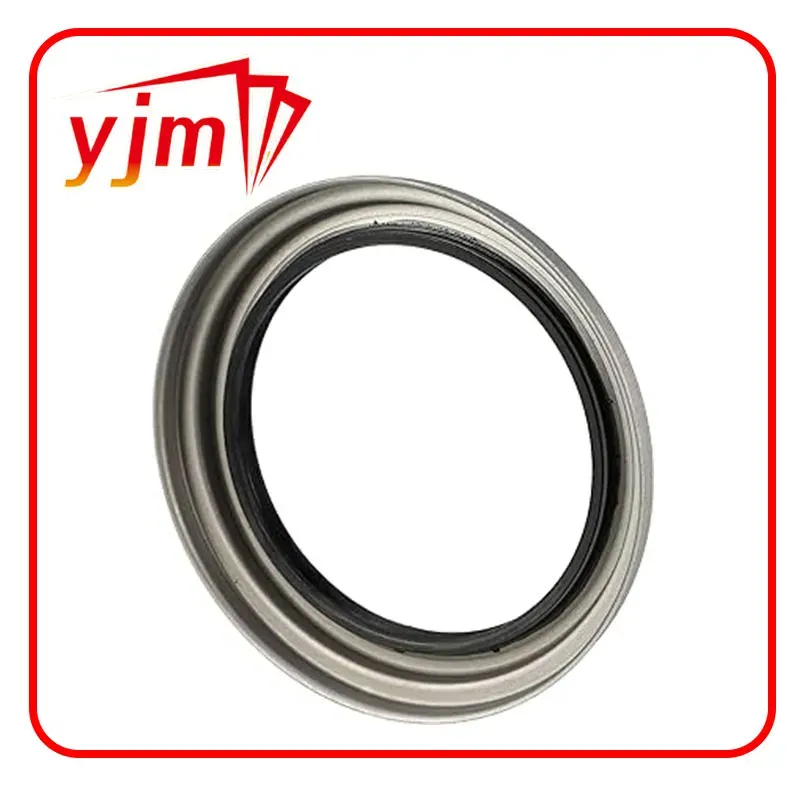front seal engine
Understanding Front Seal Engine A Key Component of Automotive Engineering
In the world of automotive engineering, maintaining optimal engine performance is crucial for vehicle efficiency and longevity. One of the often-overlooked components in this intricate machinery is the front seal engine. This critical part serves as a barrier, ensuring that essential fluids remain contained within the engine, while also protecting against outside contaminants.
What is a Front Seal?
The front seal, often referred to as the front crankshaft seal, is located at the front of the engine where the crankshaft exits the engine block. Its primary function is to seal the space between the rotating crankshaft and the engine block, preventing engine oil and other fluids from leaking out. In addition, it safeguards the internals of the engine from dust, dirt, and debris, which could cause significant damage over time.
Importance of the Front Seal
The front seal plays a pivotal role in ensuring engine efficiency. A properly functioning seal prevents oil leaks, which can lead to a host of problems, including reduced lubrication for engine components, overheating, and potential engine failure. Leaking oil not only reduces the overall performance of the engine but also poses an environmental hazard. In this regard, the front seal is integral to maintaining the integrity of the engine’s lubricating system.
Moreover, the seal also aids in maintaining the correct oil pressure within the engine. Proper oil pressure is vital for the smooth operation of engine components, impacting everything from performance to fuel efficiency. A compromised front seal can result in fluctuating oil pressure, leading to increased wear and tear on the engine and potentially shortening its lifespan.
Common Issues with Front Seals
front seal engine

Despite their importance, front seals are not immune to wear and tear. Over time, exposure to heat, pressure, and engine vibrations can cause the seal to degrade. This degradation may manifest as oil leaks, which can be easy to spot under the vehicle or around the engine compartment. If unnoticed, these leaks can result in more severe consequences, such as overheating or even catastrophic engine failure.
In addition to physical wear, improper installation or using incorrect seal types can also lead to early failure. Mechanics should follow manufacturer specifications carefully and ensure that the seal is seated properly to prevent any leaks. Regular maintenance checks can help identify issues with the front seal before they escalate into larger problems.
Replacing the Front Seal
When it becomes evident that the front seal is failing, timely replacement is critical. The process typically involves draining the engine oil, removing any components obstructing access to the crankshaft, and then replacing the old seal. Professional mechanics often recommend replacing the front seal during significant engine work or if any related repairs are taking place. This preventive measure can save car owners from future hassles and repairs.
After installation, it's essential to check for leaks and ensure everything is properly sealed and fitted. Regular engine oil level checks can also help catch potential issues early on.
Conclusion
The front seal engine is a stark reminder of how critical small components can be in the overall functioning of vehicles. Understanding its importance allows car owners to appreciate the intricate relationship between all parts of the engine. Regular maintenance, awareness of potential issues, and prompt replacement when needed are key to ensuring that the front seal continues to protect the engine. By paying attention to this small but mighty component, vehicle owners can ensure their cars run smoothly and efficiently for years to come. In the complex landscape of automotive engineering, every part, no matter how small, plays a vital role in driving success.
-
Understanding Automotive Oil Seals: Essential Components for Engine and Shaft Protection
News Jul.30,2025
-
The Importance of Heavy Duty Seals in Industrial and Residential Applications
News Jul.30,2025
-
Exploring Industrial Oil Seals: From Felt Oil Seals to TTO and CFW Solutions
News Jul.30,2025
-
Essential Guide to Oil Seals: From Radial to Metal-Cased Seals for Industrial Reliability
News Jul.30,2025
-
Choosing the Right Oil Seals and Gaskets for Industrial and Automotive Applications
News Jul.30,2025
-
Cassette Seals: Durable Sealing Solutions for Harsh Environments
News Jul.30,2025
-
Understanding the Front Main Engine Seal: Purpose, Maintenance, and Installation
News Jul.29,2025
Products categories















